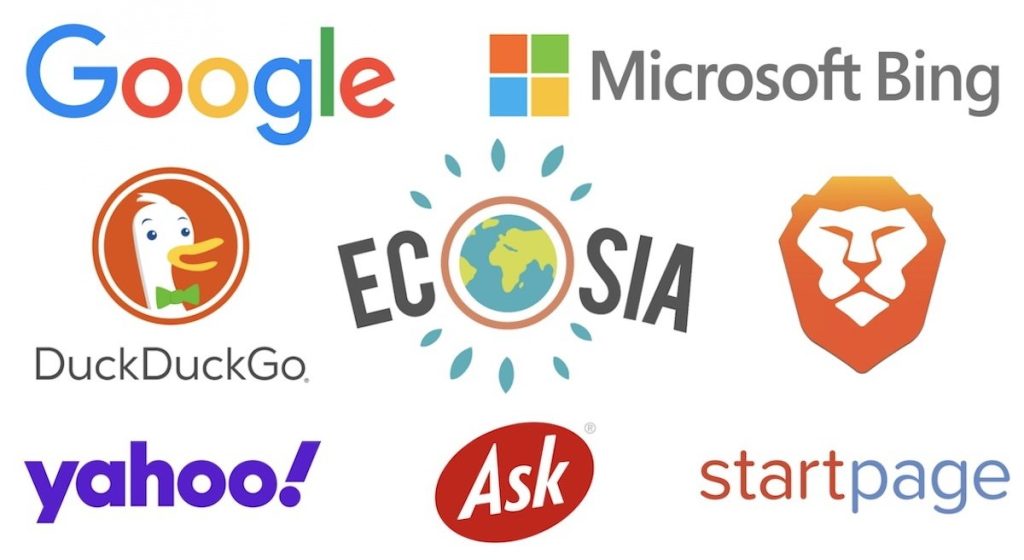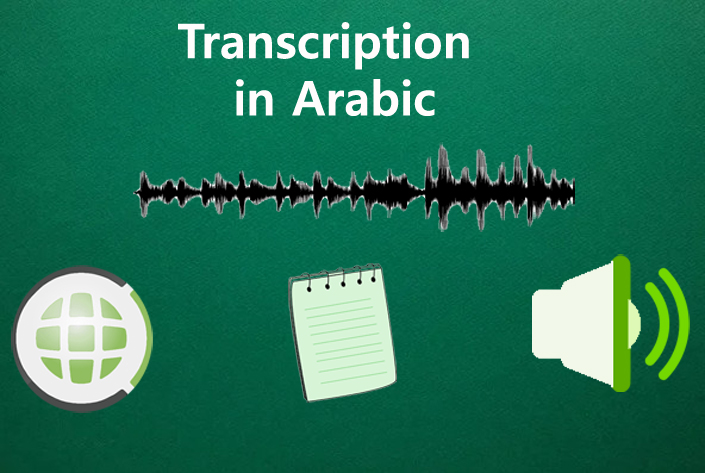Audio content plays a key role in modern business, providing companies with the opportunity to communicate more effectively with their audience. From webinars and podcasts to videos and audio instructions, the variety of audio content in business is continuously expanding. This content holds value in many industries, including education, medicine, marketing, and technology. The use of audio is not limited to large companies but is also an important tool for small and medium-sized businesses.


Areas of transcription application in business
Transcription plays a key role in converting audio content into text format, making it more accessible and convenient for the audience. It is used in various business areas, including:- Marketing. Transcription helps create textual content for blogs, articles, and advertising materials based on audio and video materials.
- Education. Video lectures and audio lessons can be transcribed to create educational materials and training programs.
- Medicine. Medical consultations and diagnostic reports can be transformed into textual format for documentation and patient medical reports.
Using transcribed content in business
Transcribed content can be used to create textual versions of audio and video materials that can be published on the company's website, blog, or distributed through social networks. For example, podcast transcription can be published on the company's blog to attract additional audience.The role of transcription in video and audio translation
Transcription in Arabic, Chinese, and other complex languages facilitates the translation of audio and video, ensuring higher accuracy and quality of the translator's work. Having transcribed text allows linguists to focus solely on translation, bypassing the stage of audio or video listening and transcription. This significantly speeds up the process and allows for faster release of written content. Transcription also allows for quality control of translation, as translators can easily compare the translated text with the original. This helps identify and correct any errors or inaccuracies, ensuring high-quality final product.Transcription in market research
Transcription of audio recordings is used in market research to analyze consumer opinions and preferences. This allows companies to better understand their target audience and adapt marketing strategies. It is convenient to study conversations, discussions, and feedback from consumers about their products or services in the form of questions and interviews. By transcribing audio or video recordings of customer conversations and analyzing textual information, companies can identify key themes, trends, and issues facing their consumers. Analyzing consumer reactions to advertising materials, promo videos, video reviews, and other marketing materials, companies can determine which strategies are most effective and what changes need to be made to improve results.
Improving Video Viewing with Transcription
Transcription allows viewers to watch video content without sound in public places where listening to audio is either impossible or undesirable. This increases the video playback time and enhances its impact. Transcription also enables the use of content to create other formats such as articles, blogs, presentations, and other materials. All of this can be posted on social media, expanding the target audience. This broadens the application of content and makes it more versatile.Enhancing Audience Understanding of Content
Viewers, by reading the transcription, can better understand the content of the video and deepen their understanding of the topic. This is especially useful for audiences for whom English is not their native language. Transcription provides access to content for people with hearing or perception impairments. They can read the text and understand the content of the video or audio, regardless of their hearing abilities. For content containing technical terminology or complex concepts, transcription can significantly simplify understanding for viewers. They can read and analyze the text slowly, referring to complex topics as needed.Impact of Transcription on Content Rankings in Search Engines
Transcription makes videos more searchable as search engines can index text. This also allows viewers to find information more quickly by using keywords from the transcription. Transcription helps improve the ranking of videos in search engines, as textual content provides greater accessibility for search algorithms. This contributes to attracting more traffic to the content.
